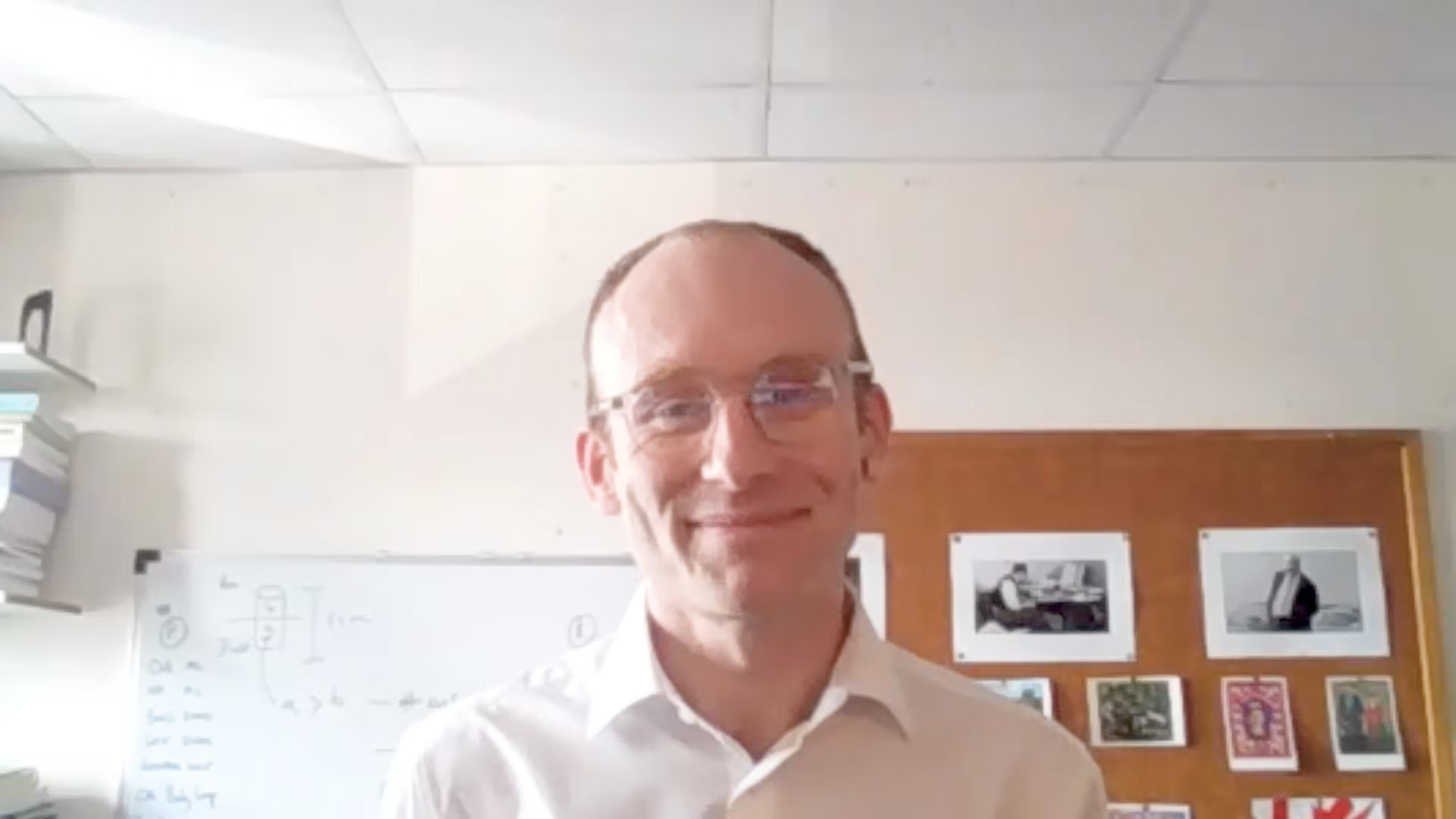PoCOsteo: a point-of-care tool for early detection of osteoporosis: Patricia Khashayar, WCO-IOF-ESCEO 2023
PoCOsteo is a point-of-care tool that provides rapid genomic and proteomic analysis of the blood for the early detection and management of osteoporosis. It was a pleasure to talk with Dr. Patricia Khashayar (Ghent University, Gent, Belgium) to discuss the importance of the early detection of osteoporosis in management, the overall objective of the PoCOsteo project and the findings so far.
The abstract ‘POCOSTEO: RAPID, COST-EFFECTIVE AND EASY-TO-USE POINT-OF-CARE (POC) DEVICE FOR EARLY DETECTION AND MONITORING OF OSTEOPOROSIS.‘ (Abstract number: OC27) was presented at WCO-IOF-ESCEO 2023, 4-7 May 2023.
Questions
- Why is the early detection of osteoporosis so important in management? (0:33)
- What is the overall objective of the PoCOsteo project? (1:47)
- Please could you describe the point-of-care tool? (3:48)
- How has the tool been clinically validated and what are the findings so far? (5:00)
Disclosures: Patricia Khashayar discloses receiving grant/research support from H2020 and CSA member of IOF.
Support: Interview and filming supported by Touch Medical Media Ltd. Interview conducted by Victoria Jones.
Filmed in coverage of the 2023 WCO-IOF-ESCEO Annual Meeting.
Click here for more content on bone disorders.
Transcript
Why is the early detection of osteoporosis so important in management? (0:33)
As you all know, osteoporosis is one of the most frequent metabolic bone diseases affecting a large number of people. According to WHO estimates, more than 200 million individuals worldwide suffer from the disease. So we can say one in every three women and one in every five men will, at some point in their life, suffer from some kind of bone loss. But the problem with osteoporosis is it’s considered as a silent killer and this is because fracture is normally the first symptom and how it shows itself and because of the fracture, it causes a lot of morbidity and mortality. So, if we can early diagnose the people who are at risk of developing osteoporosis and fracture, the good point here is osteoporosis is preventable. So, diagnosing these people and changing their lifestyle, giving them medication can really help prevent from a lot of fractures and as a result, a lot of mortality and morbidity.
What is the overall objective of the PoCOsteo project? (1:47)
So, as I already told you, osteoporosis is preventable and it can be detected at early stages. But the main gap that is already in the diagnostic process for osteoporosis, for instance, BMD, which is the gold standard, can only detect one third of people who are going to have a fracture in their life. So the diagnostics are not good enough to illustrate an accurate picture of bone health and bone stages. At the same time for treatment monitoring the bone turnover markers are used in some centers, not everywhere, because of their limitations and the main limitations that they have is the preanalytical and analytical variability of these markers. In PoCOsteo we aim to answer all of these gaps and to some extent go for a personalized strategy, to have a multifaceted approach, to have a combined illustration of the proteomic and genomic and the clinical risk factors of each person, bring them together and provide a better understanding of people who are at risk of high turnover, high bone turnover, and at the same time, a better and more accurate monitoring of the treatment in the sense of which treatments might be better. Also, when they are monitored, how to provide the results within real time in order to increase their, not only to improve the communication between the patient and the doctor and also to improve the compliance of the patients, because this is really important in this case.
Please could you describe the point-of-care tool? (3:48)
PoCOsteo is actually an office device, it’s a portable device that you can take it at the patient’s bedside, it could be in office, it could be at a central lab. So, when you don’t have the infrastructure for more expensive tools, but the gold standard tools that you want or you don’t have the personnel, the skilled personnel to use those skills. So PoCOsteo is a user friendly, portable device that everyone can work with. It doesn’t need a large training time. It can do the measurement of one bone formation and one bone resorption marker at the same time and at 5 SNPs which are linked with actually bone loss and fracture, the results are going to for the proteomic part, the results are available within 30 minutes for the genomic, the results are available within less than an hour and you only need one drop of your blood. With a finger prick, you can have the samples you need to do all the tests.
How has the tool been clinically validated and what are the findings so far? (5:00)
Actually, the development of this device was part of the Horizon 2020 project. In that project, the goal was to develop the device and also to test it in the field. At that point, the idea was to test that in Austria and Iran as two different populations, one Middle Eastern population and one European population in order to also be able to compare the results in two different ethnicities. But corona happened and considering that we were only able to test the device in the lab environment, we didn’t go to the field to test it. But the lab environment test actually showed a high correlation between the PoCOsteo results and the gold standard tools, which for proteomics is ELISA and electrophoresis and for the genomic parts actually PCR. We have a follow up project that we will soon start hopefully and in that one the idea is to have the clinical validation in the field this time.
Subtitles and transcript are autogenerated.






